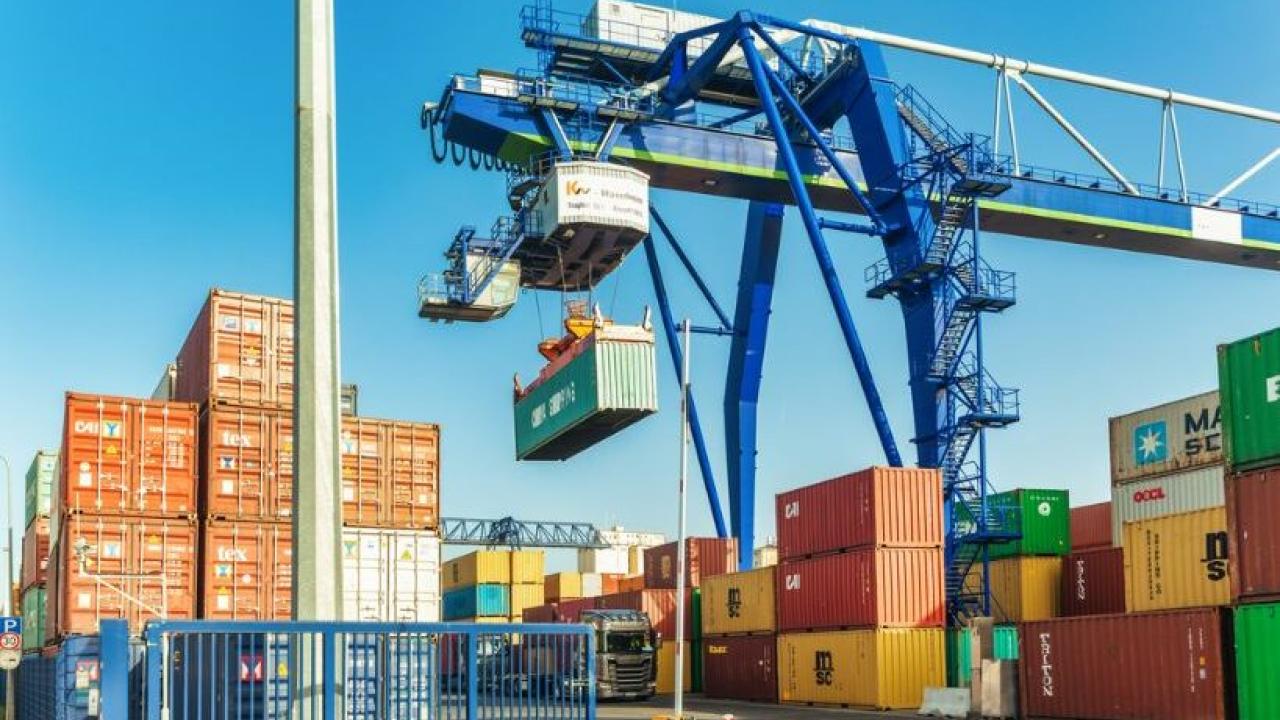
Official figures identify three main phases: a sharp deterioration until the end of 2022, a sustained recovery throughout 2023 and a weakening in the second half of 2024.
The analysis of Paraguay's trade balance, based on data from its Central Bank (BCP), shows significant fluctuations between November 2021 and November 2024.
Three main phases can be identified in this period: a pronounced deterioration until the end of 2022, a sustained recovery throughout 2023 and a weakening in the second half of 2024.
In the first phase, between November 2021 and November 2022, the trade balance went from a surplus of US$ 1,397 million to a deficit of US$ 1,423 million, reflecting a progressive deterioration.
This performance was driven by a sustained increase in imports, which rose from US$ 12,244 million to US$ 14,606 million. In contrast, exports remained at around US$ 13,800 million, without achieving equivalent growth.
As a result, the trade balance fell below US$1 billion as of August 2022, reaching its lowest level in November of that year.
The year 2023 marked a phase of recovery. Since March, Paraguay's trade balance began to improve, going from a deficit of US$ 655 million to a surplus of US$ 1,575 million in February 2024.
This change was due to an increase in exports, which reached US$ 17.71 billion in February 2024, far exceeding imports, which increased more moderately to US$ 15.418 billion.
The performance reflected greater external demand for Paraguayan products and the possible stabilization of import costs.
However, the positive trend was reversed in the second half of 2024. Since May, the Trade Balance showed a progressive deterioration, falling from a surplus of US$ 731 million in June to a deficit of US$ 230 million in November.
In this period, imports increased from US$ 15,845 million in June to US$ 15,934 million in November, while exports
fell from US$17,274 million to US$16,208 million.
The contraction in exports could be due to external factors, such as lower international prices of the main export products, a reduction in demand in key markets, as well as logistical problems linked to river transport.
The general analysis reflects the cyclical nature of the Trade Balance, influenced by the dynamics of exports, the evolution of international trade and internal macroeconomic conditions.
As a highlight, the recovery phase of 2023 was marked by greater competitiveness in exports, while the decline in 2024 suggests a less favorable environment for Paraguayan foreign trade.
In the short term, it will be key to monitor export performance and the evolution of trade policies to determine whether the Trade Balance will stabilise or continue on a deficit path.









